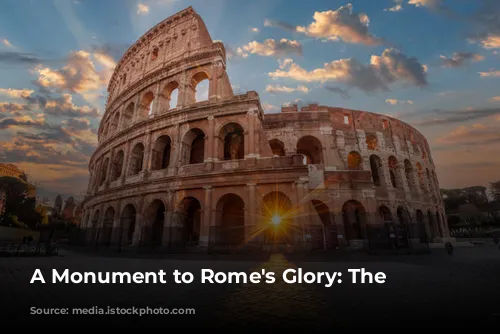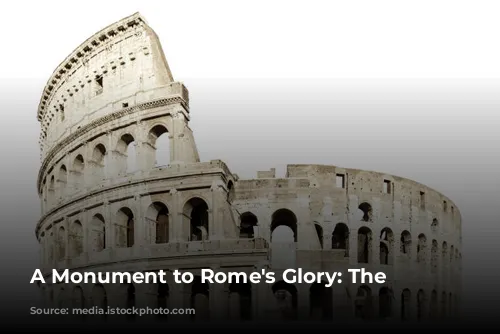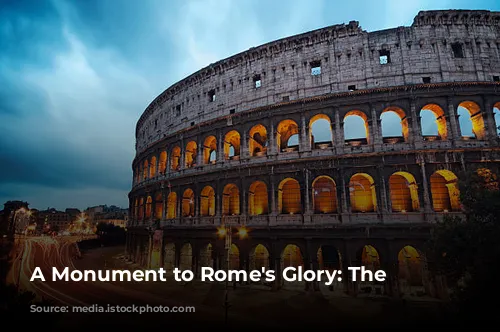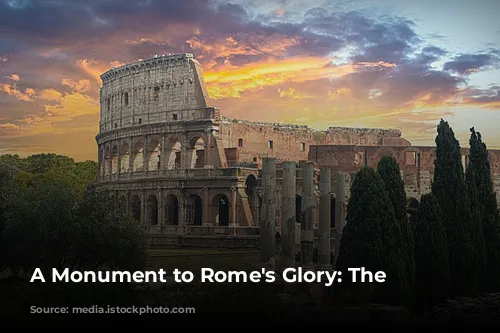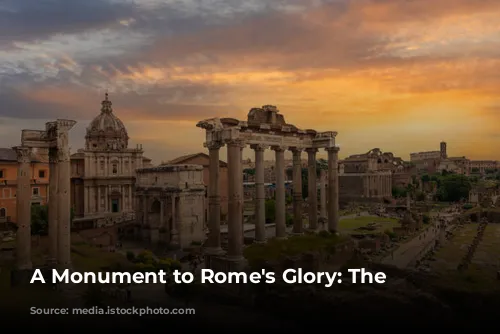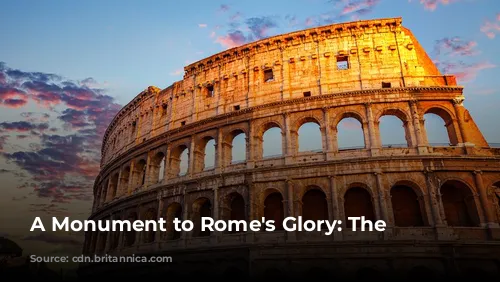Standing as a testament to the engineering brilliance of ancient Rome, the Colosseum remains one of the few structures from that era to survive relatively unscathed. Its imposing presence attracts millions of visitors each year, making it a vital source of income for Italy’s tourism industry. In 2018, the Colosseum, along with the Roman Forum and Palatine Hill, brought in a staggering $63.3 million (€53.8 million), making it the most popular tourist attraction in all of Italy.
A Turbulent Past
The Colosseum’s history is as fascinating as its architecture. After the fall of the Western Roman Empire, the once-glorious arena fell into disrepair. During the 12th century, the Frangipane and Annibaldi families, vying for power, transformed the Colosseum into their fortress. Later, in the 15th century, Pope Alexander VI allowed the Colosseum to be used as a quarry, its precious stones stripped away for other projects. For over a thousand years, the Colosseum suffered neglect, its grandeur slowly fading. Thankfully, in the 1990s, state-funded restoration efforts began, breathing new life into this ancient wonder.
A Symbol of Imperial Power
The Colosseum was constructed during a turbulent period in Roman history, the “Year of the Four Emperors” in 69 CE. Emperor Vespasian, hoping to restore order and stability, commissioned the Colosseum as a grand entertainment venue, a symbol of Roman power and resilience. Like other amphitheaters, the Colosseum was intended to showcase gladiatorial combat, animal hunts, and even mock naval battles, captivating the Roman public with its spectacle and grandeur.
A Legacy of Construction and Sacrifice
Construction on the Colosseum began under the reign of Emperor Vespasian between 70 and 72 CE. The completed structure, dedicated in 80 CE by his son and successor Titus, stood as a symbol of his rule. Emperor Domitian added the fourth story in 82 CE, completing the magnificent structure. It’s important to remember that the Colosseum was funded with the spoils of war from the destruction of Jerusalem in 70 CE. The enslaved Jews of Judaea were forced to build this monument to Roman power, a stark reminder of the human cost behind its grandeur.
A Gigantic Arena of Spectacle
The Colosseum, also known as the Flavian Amphitheater, stands as a colossal testament to Roman architecture. This elliptical structure, built with stone, concrete, and tuff, rises four stories high. Measuring 620 by 513 feet (189 by 156 meters), the Colosseum could accommodate an astounding 50,000 spectators, who witnessed gladiatorial combat, animal hunts, and other spectacles. The Colosseum, with its massive scale and breathtaking design, became a symbol of Roman power and ingenuity.
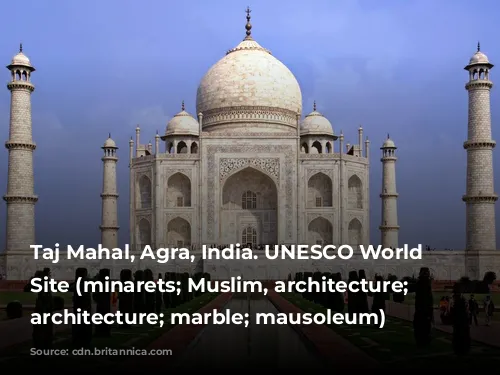
A Masterpiece of Engineering
The Colosseum’s location was as strategic as it was symbolic. It was built on the site of Nero’s Golden House, replacing the tyrannical emperor’s private lake with a public amphitheater. Unlike other amphitheaters built into hillsides, the Colosseum stands alone, a testament to Roman engineering prowess. Its complex system of barrel and groin vaults, combined with its impressive size, stands as a marvel of structural engineering.

A Symbol of Roman Power and Innovation
The Colosseum’s grandeur is further enhanced by its intricate design. Its three lower stories are adorned with arcades framed by columns in the Doric, Ionic, and Corinthian orders, reflecting Roman architectural sophistication. The Colosseum’s use of travertine, volcanic tufa, and concrete further demonstrates the Romans’ innovative use of materials. The Colosseum, with its intricate design and impressive structure, exemplifies the Romans’ remarkable skills in engineering and construction.
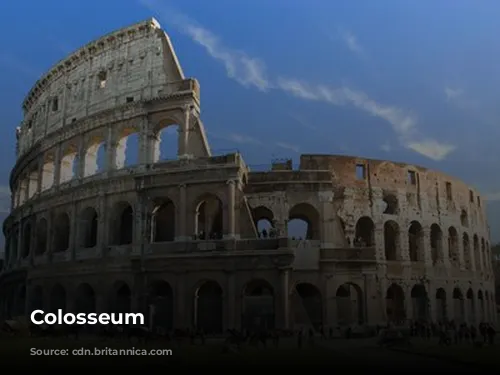
A Theater for the Masses
The Colosseum’s ingenuity extends beyond its structure. A massive retractable awning, known as a velarium, protected spectators from the sun. Supported by masts extending from corbels built into the top story, the velarium required hundreds of Roman sailors to manipulate its rigging. The Colosseum provided an unforgettable experience for the Roman people, combining awe-inspiring spectacles with the comfort and safety of a well-designed structure.
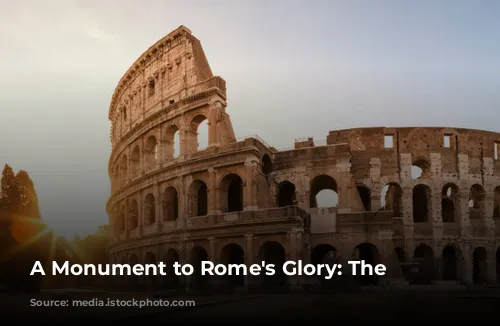
A Symbol of Change and Resilience
The Colosseum, once a symbol of Roman power and entertainment, fell into disrepair during the Middle Ages. It was transformed into a church, then into a fortress, and eventually into a quarry. Through centuries of neglect and abuse, the Colosseum lost much of its grandeur. Fortunately, preservation efforts began in the 19th century, and a major restoration project was undertaken in the 1990s. Today, the Colosseum stands as a monument to the past, a reminder of Rome’s glory and resilience.
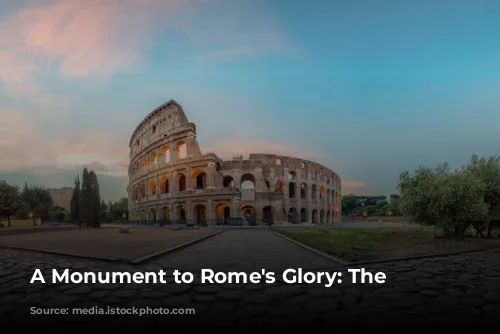
An Enduring Legacy
The Colosseum, a symbol of Roman power and engineering, continues to attract visitors from all over the world. Its awe-inspiring architecture, its dramatic history, and its enduring presence make it one of the most popular tourist destinations in the world. The Colosseum stands as a testament to Rome’s ingenuity, its enduring power, and the enduring fascination with its legacy.
